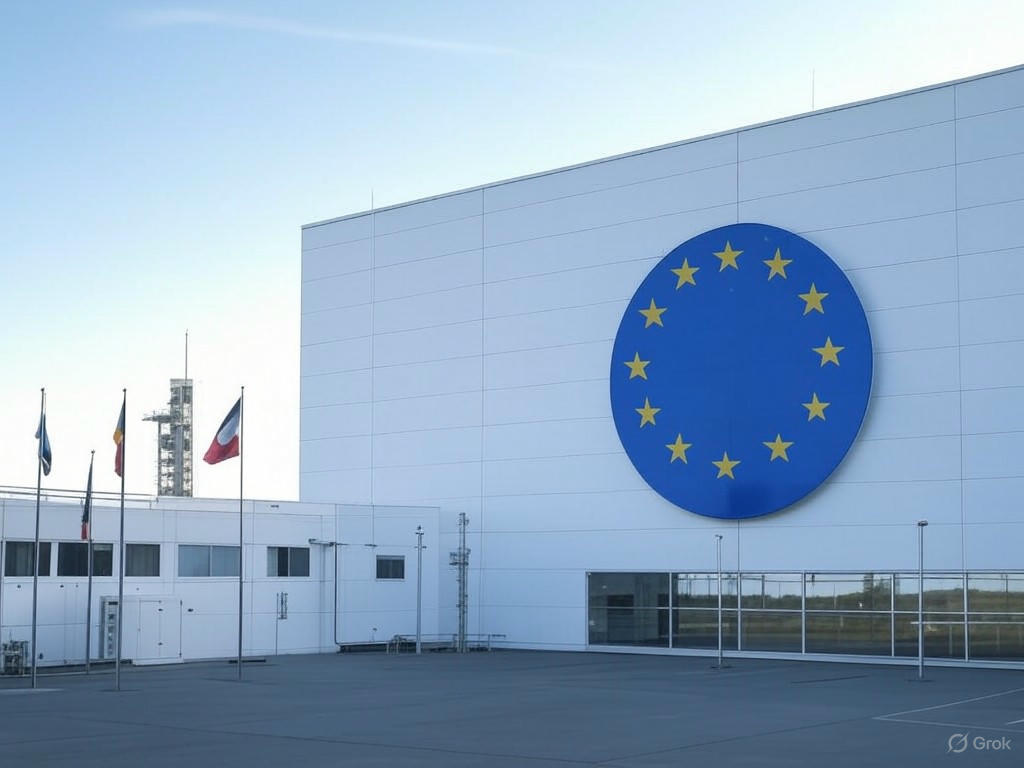European Space Giants Eye Historic Merger by July
The European space industry is on the brink of a transformative moment as three major aerospace firms are poised to make a groundbreaking decision by July. These companies, key players in the continent’s space technology sector, are contemplating a merger of their space divisions, a move that could reshape the global space landscape. This potential consolidation comes at a time when competition in the space industry is intensifying, with private enterprises and international players vying for dominance in satellite technology, launch services, and exploration missions.
The discussions among the trio of firms have been underway for months, driven by the need to pool resources, streamline operations, and enhance their competitive edge against rivals from the United States and Asia. By combining their expertise and infrastructure, the companies aim to tackle ambitious projects, including next-generation satellite constellations and contributions to lunar and Martian exploration initiatives. Industry analysts suggest that such a merger could lead to significant cost savings and innovation, allowing Europe to maintain its position as a leader in space technology. However, challenges remain, including regulatory hurdles and the integration of distinct corporate cultures and technologies. The decision, expected next month, will hinge on whether the firms can align their strategic visions and secure approval from European authorities.
Beyond the immediate implications for the companies involved, this potential merger signals a broader trend of consolidation in the space sector. As the industry faces rising costs and complex technical demands, collaboration is increasingly seen as a pathway to success. A unified European space entity could also strengthen the region’s bargaining power in international partnerships, such as those with NASA or emerging space nations. Moreover, it might accelerate the development of sustainable space technologies, addressing pressing concerns like space debris and environmental impact. Stakeholders are watching closely, as the outcome could set a precedent for how other global players approach collaboration in this high-stakes arena.
If the merger proceeds, it could mark a new chapter for Europe’s space ambitions, potentially leading to the creation of a powerhouse capable of rivaling industry giants like SpaceX or Blue Origin. However, skepticism persists among some experts who warn that combining operations of this scale is fraught with risks, from financial uncertainties to logistical bottlenecks. As the deadline approaches, the eyes of the aerospace world are on these European firms, whose decision could either herald a bold new era or serve as a cautionary tale of overambition.
The coming weeks will be crucial, not just for the companies involved but for the entire European space ecosystem. A successful merger could inspire confidence in collaborative ventures, while a failure might prompt a reevaluation of strategies across the board. Regardless of the outcome, this moment underscores the dynamic and ever-evolving nature of the space industry, where bold moves are often necessary to reach new frontiers. By July, the future of European space collaboration will be clearer, and its impact will likely resonate for years to come.


